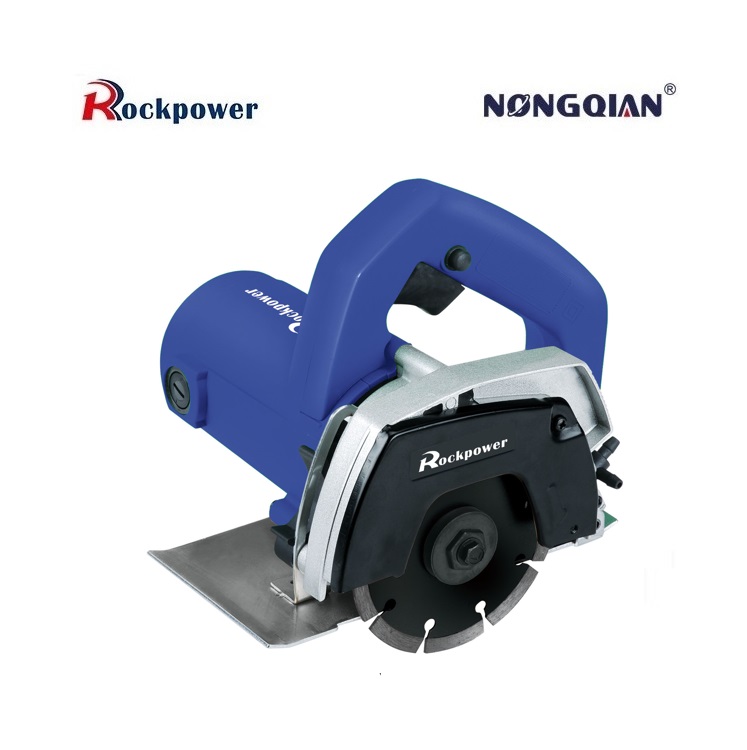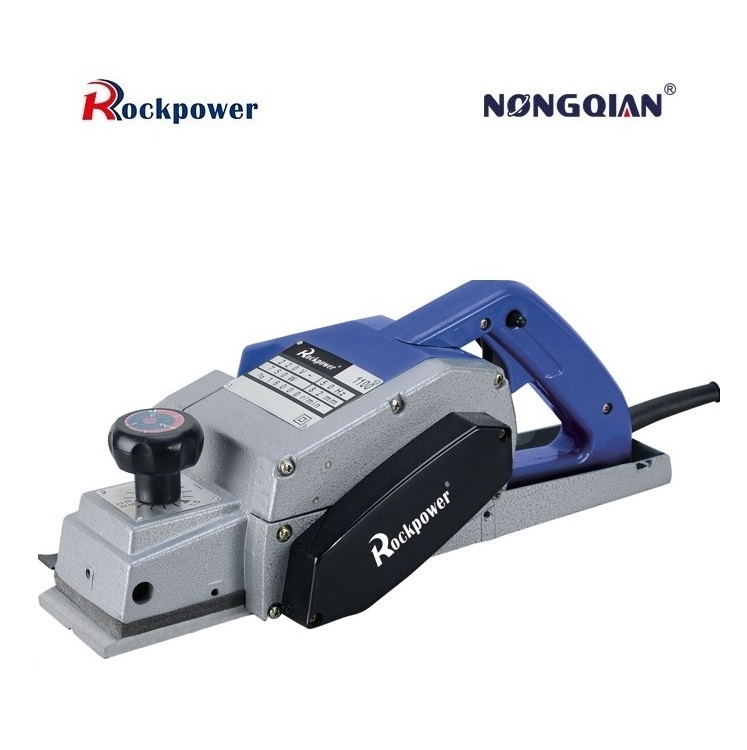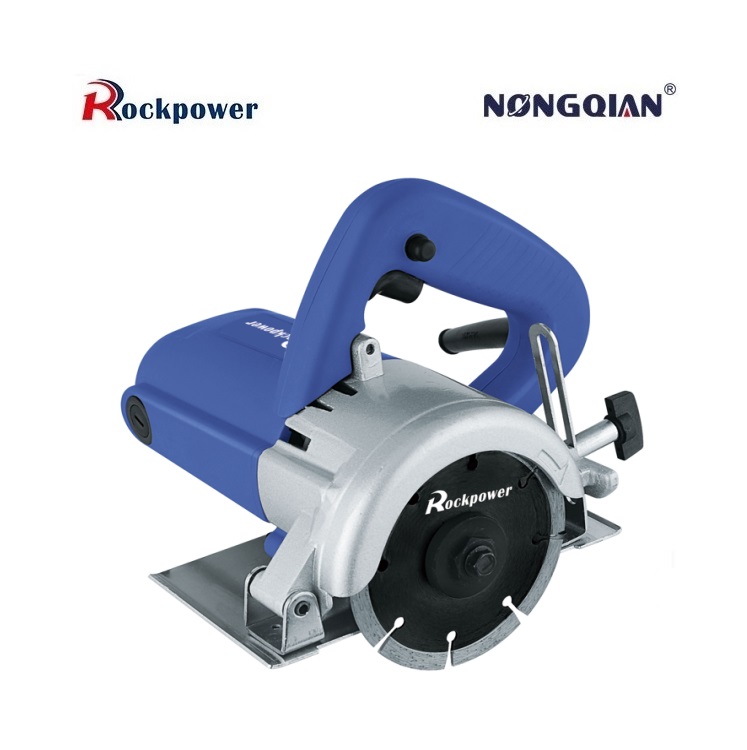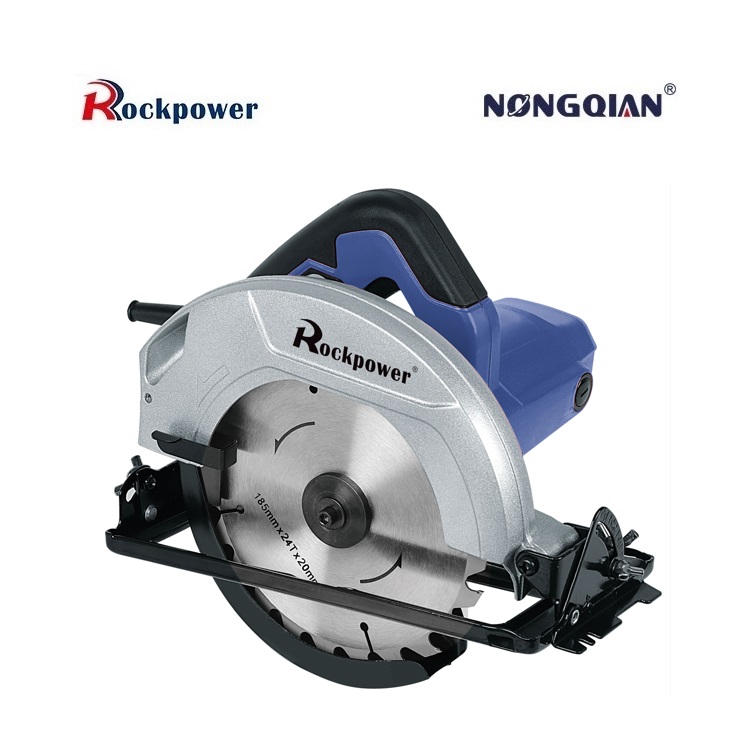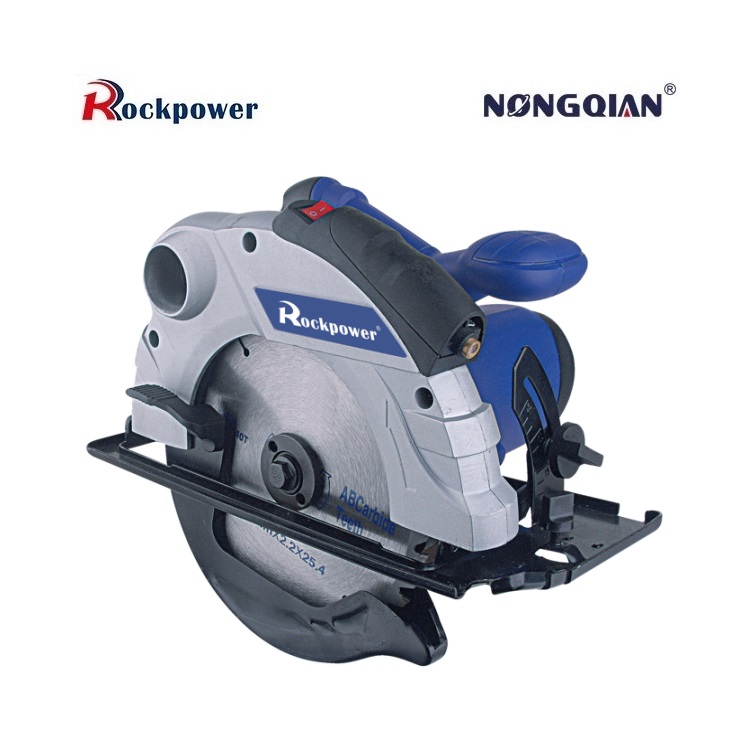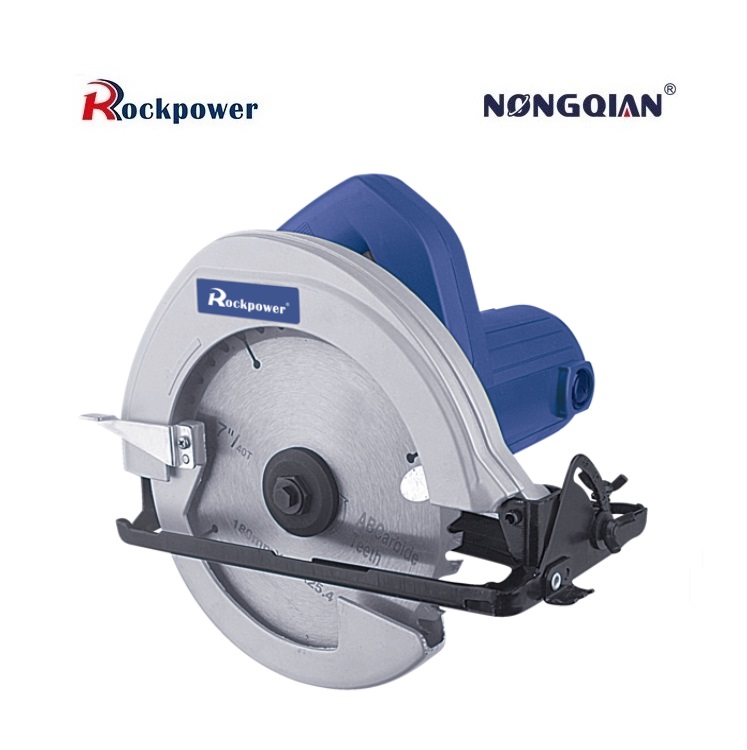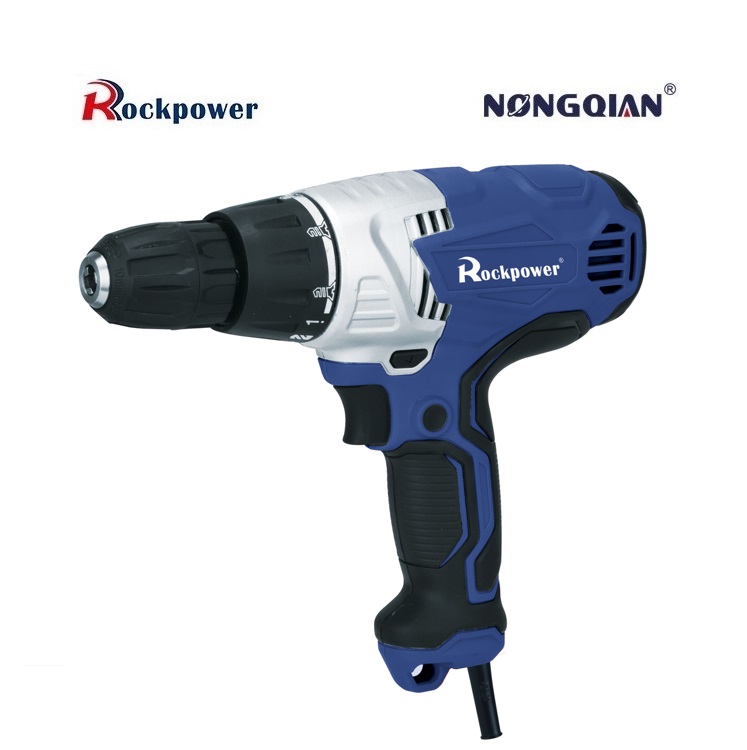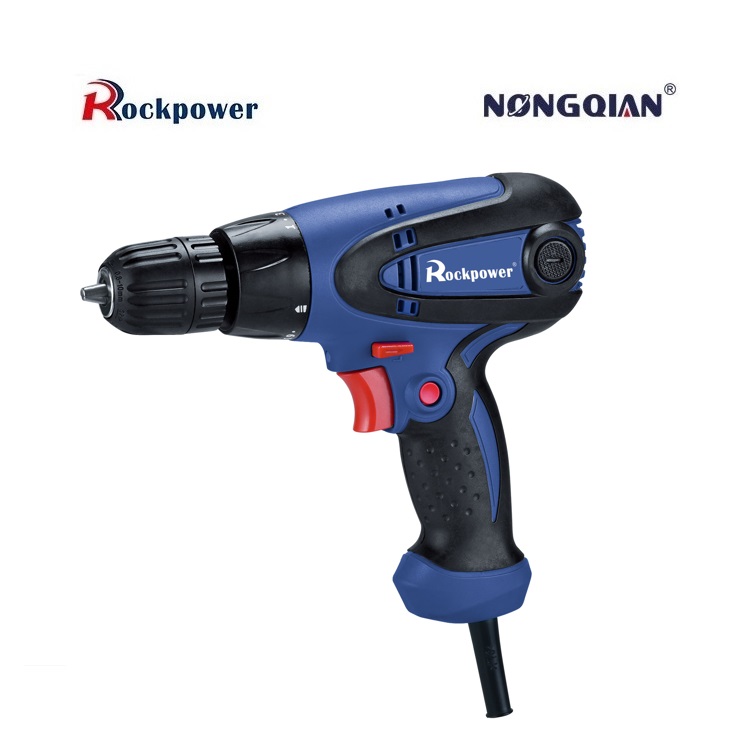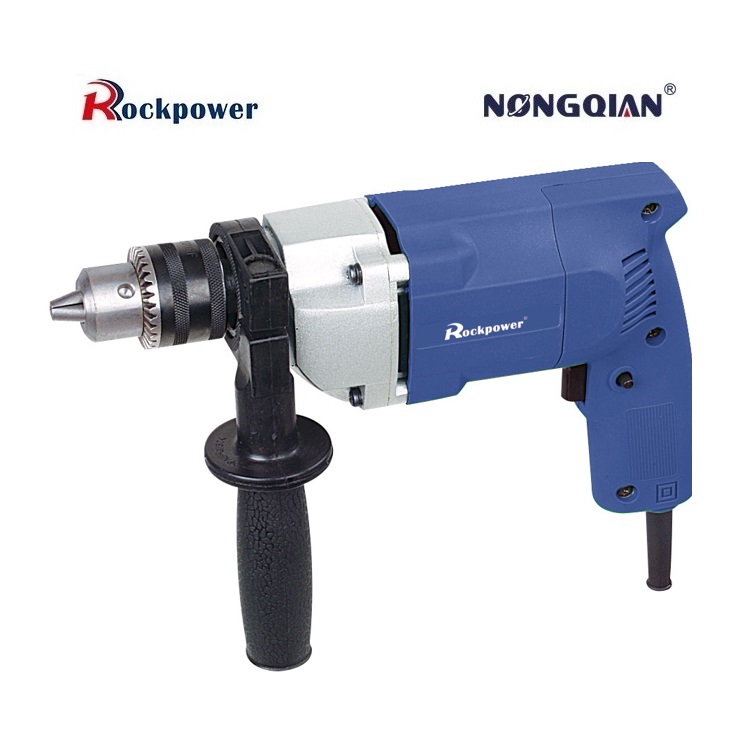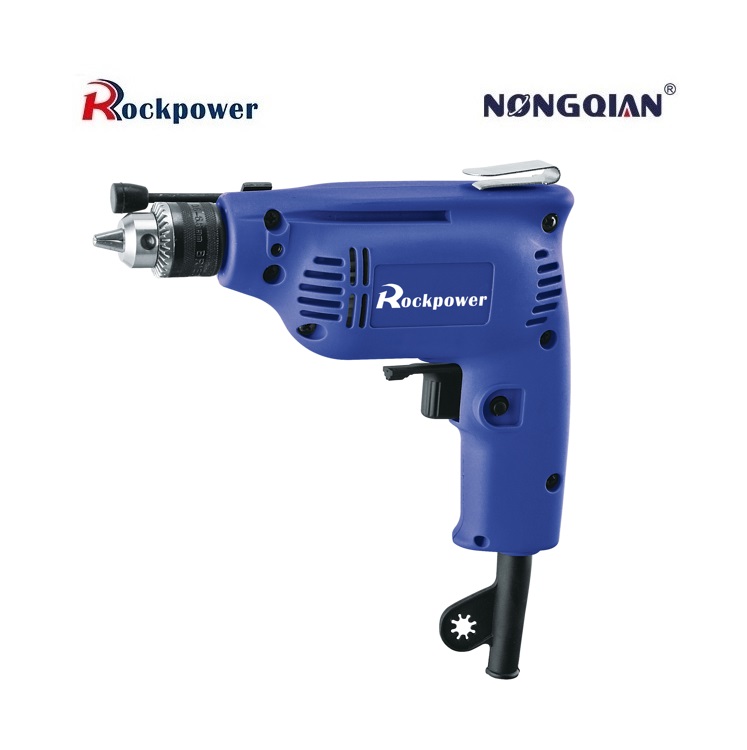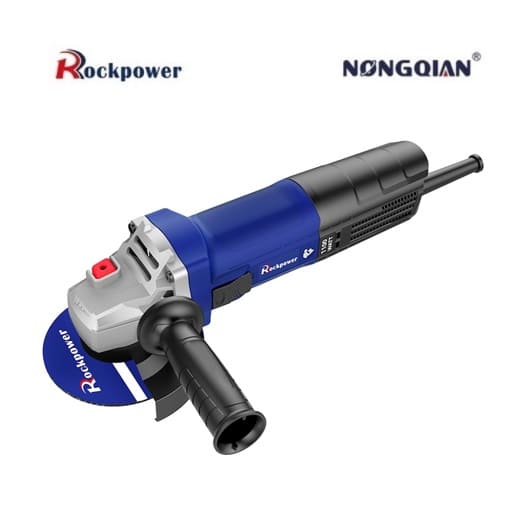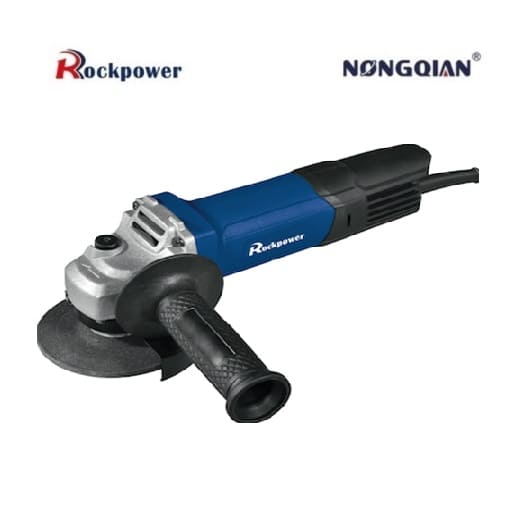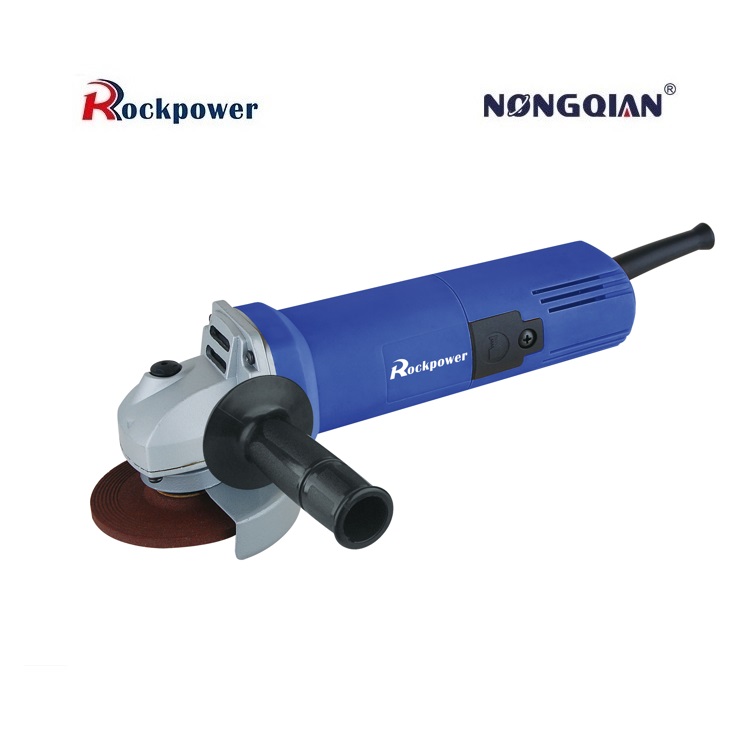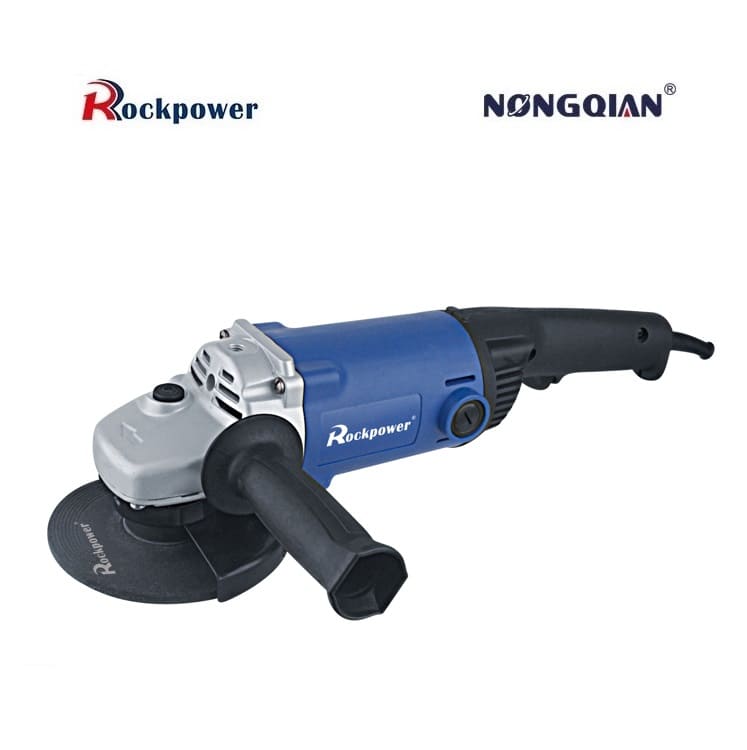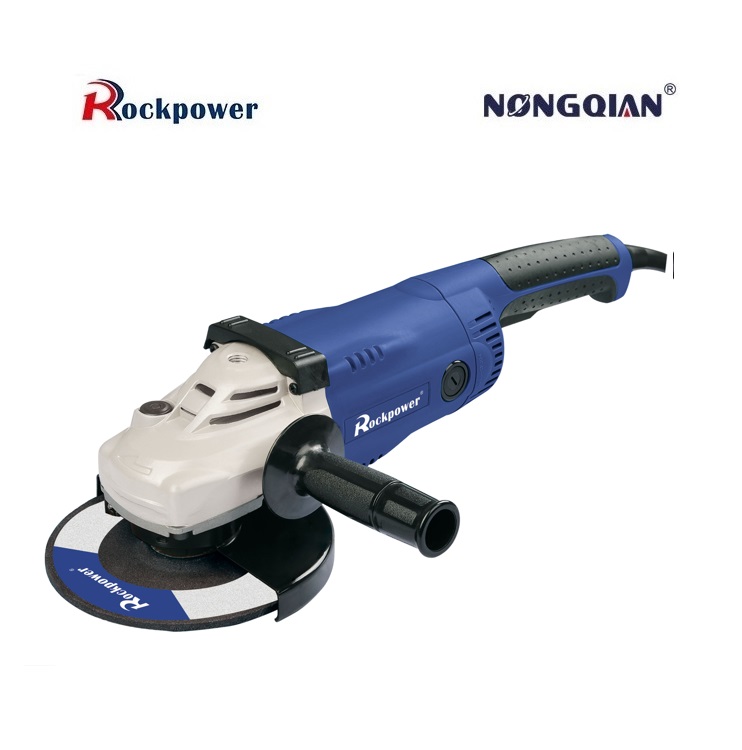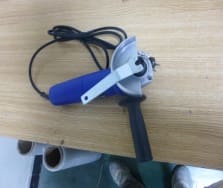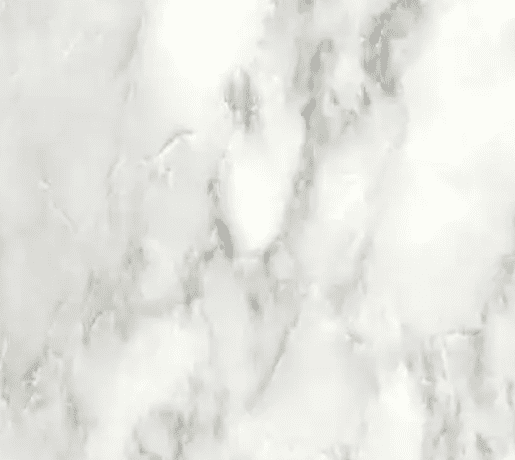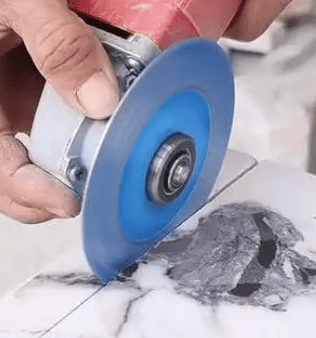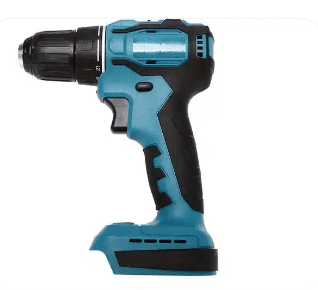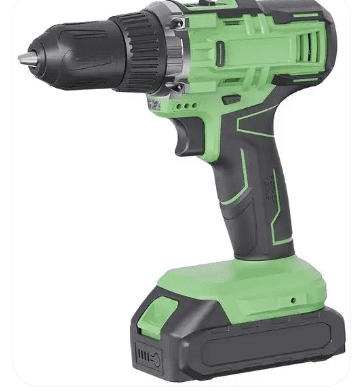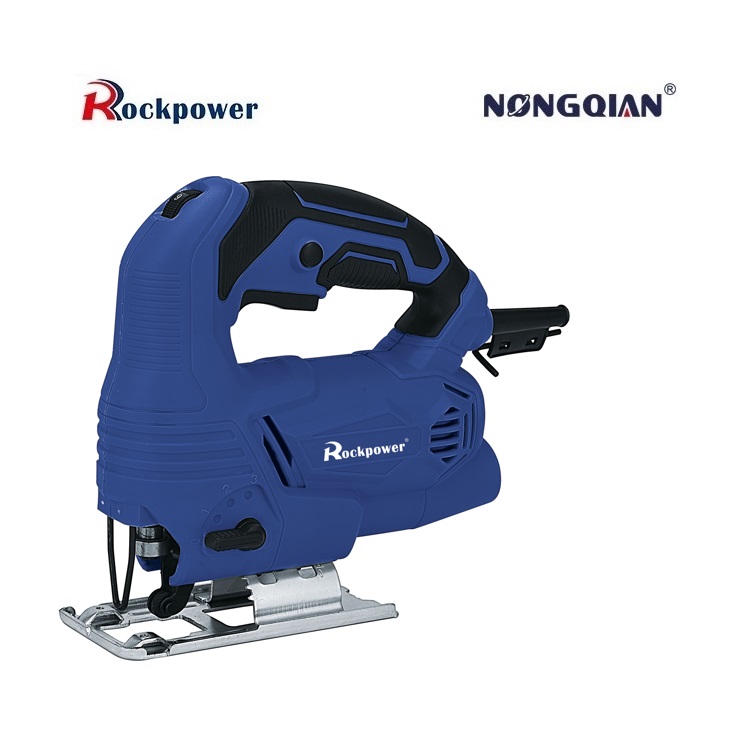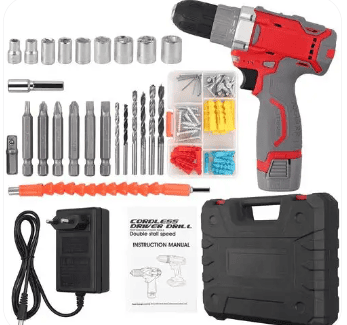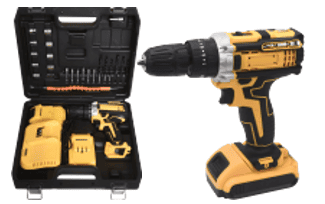Is it better to cut marble wet or dry?
The choice between dry cutting or wet cutting for marble should be determined based on the specific scenario:
Advantages of Dry Cutting
- Wide Applicability: Suitable for various materials such as marble and tiles, allowing cutting without water spray for greater convenience.
- Efficiency and Durability: Dry cutting saw blades are sharp and durable, improving cutting efficiency and reducing material consumption.
Precautions for Wet Cutting
- Essential Requirement: Continuous water spray is necessary for cooling; otherwise, the blade may overheat, stick, or damage the equipment.
- Applicable Scenarios: Primarily used for materials requiring higher precision, such as tiles.
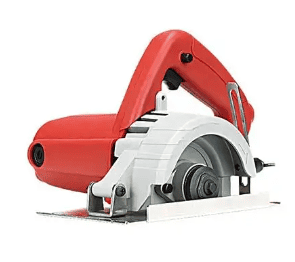
Construction Recommendations
- Prioritize Dry Cutting: If cutting marble with low precision requirements, dry cutting is recommended.
- Special Cases: For wall surfaces or small stone processing, wet cutting with water cooling may be used.
In summary, dry cutting is more suitable for conventional marble cutting, while wet cutting should be chosen based on specific construction conditions and material properties.
Should You Use a Dry or Wet Blade for Cutting Marble?
I. What Is the Difference Between Dry and Wet Blades?
The difference lies in their usage during material cutting. Dry blades cut without lubrication or cooling, requiring a cooldown period afterward. Wet cutting, however, involves adding water or other liquids to the cutting area for lubrication and heat dissipation.
II. What Are the Pros and Cons of Dry and Wet Blades?
- Advantages of Dry Blades:
- (1) Easy to Use: No additional liquids or equipment are needed, making operation straightforward.
- (2) Faster Speed: Dry blades cut at higher speeds without requiring extra cooling time.
- Disadvantages of Dry Blades:
- (1) Safety Risks: Without lubrication, the cutting area can overheat, potentially causing blade or material breakage or explosions.
- (2) Higher Wear: Due to increased heat, dry blades generally have a shorter lifespan than wet blades.
- Advantages of Wet Blades:
- (1) Better Safety: Cooling liquids effectively lower temperatures, reducing risks of burning, cracking, or explosions.
- (2) More Precise Cutting: The lubricating and cooling effects allow for more accurate and refined cuts.
- Disadvantages of Wet Blades:
- (1) Additional Equipment Needed: Requires extra tools and liquids, increasing complexity and cost.
- (2) Drying Time: After wet cutting, the area must dry before further work.
III. When to Choose Dry or Wet Blades?
Dry blades are suitable for quick, simple, and less complex cutting tasks. If large-scale cutting is needed in a short time, dry blades are preferable. However, for precise and delicate cuts, wet blades are the better choice. For example, materials like marble require finer cutting, making wet blades more appropriate.
IV. Conclusion
Marble cutting is a common task, and the choice between dry and wet blades depends on the specific situation. This article aims to help you better understand the differences and applications of dry and wet blades, enabling you to make an informed decision.

